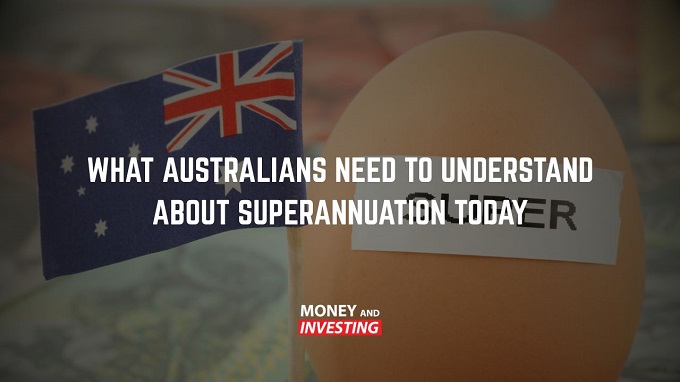Income Investing and Dividend Strategies – Andrew Baxter
In the world of investing, income investing and dividend strategies have gained significant attention and popularity among investors seeking to generate consistent returns and build wealth over the long term. These approaches focus on capitalizing on the power of cash flow generated by investments, particularly through dividends, to create a steady stream of income. In this article, we will delve into the concept of income investing, explore dividend strategies, and discuss their benefits and considerations.
Income investing revolves around the idea of generating a regular income from investments, such as stocks, bonds, real estate investment trusts (REITs), and dividend-paying funds. The primary objective is to seek out assets that offer reliable and attractive cash flow, allowing investors to supplement their income or accumulate wealth over time.
One of the key components of income investing is dividends. Dividends are a distribution of a company’s profits to its shareholders. Dividend-paying stocks are companies that regularly share a portion of their earnings with investors in the form of cash dividends. Dividends are typically paid on a quarterly basis, although some companies offer monthly or annual dividend payments. Investors can benefit from dividends in two ways: through immediate income and through reinvestment for future growth.
Dividend strategies involve selecting and building a portfolio of dividend-paying stocks that align with an investor’s financial goals and risk tolerance. There are different dividend strategies to consider, such as high-yield dividend stocks, dividend growth stocks, and dividend aristocrats. High-yield dividend stocks focus on companies that offer above-average dividend yields, providing a substantial income stream. Dividend growth stocks, on the other hand, prioritize companies with a history of increasing their dividend payouts over time. Dividend aristocrats are companies that have consistently increased their dividends for a minimum number of consecutive years, often seen as a sign of stability and financial strength.
The benefits of income investing and dividend strategies are multifaceted. Firstly, they provide a consistent stream of income, which can be especially appealing for retirees or individuals seeking passive income. Dividends can be used to cover living expenses, reinvested to compound wealth, or redirected into other investment opportunities. Secondly, dividend-paying stocks have historically outperformed non-dividend-paying stocks, offering both income and potential capital appreciation. Additionally, dividends can act as a cushion during market downturns, as companies that continue to pay dividends during challenging times demonstrate resilience and financial stability.
However, it is essential to consider certain factors and risks associated with income investing and dividend strategies. Investors should assess the sustainability and reliability of dividend payments by analyzing a company’s financial health, earnings growth, and payout ratio (the proportion of earnings paid as dividends). It is crucial to diversify the dividend portfolio across different sectors and industries to mitigate risks associated with individual company performance. Market conditions and interest rate fluctuations can also impact dividend stocks, so staying informed about economic trends and market dynamics is essential.
Furthermore, investors should understand the tax implications of dividend income. Dividends are typically subject to income tax, but certain dividends may qualify for preferential tax rates or be eligible for tax-advantaged accounts such as Individual Retirement Accounts (IRAs) or 401(k) plans. Consulting with a tax professional can provide valuable guidance on optimizing tax efficiency within an income investing strategy.
In conclusion, income investing and dividend strategies offer investors an avenue to generate regular cash flow and build wealth over time. By selecting dividend-paying assets that align with their financial goals and risk tolerance, investors can benefit from consistent income, potential capital appreciation, and a cushion against market volatility. However, thorough analysis, diversification, and understanding of tax considerations are crucial for successful implementation. With careful planning and a long-term perspective, income investing and dividend strategies can be powerful tools in achieving financial independence and securing a prosperous future.

Comments
Post a Comment